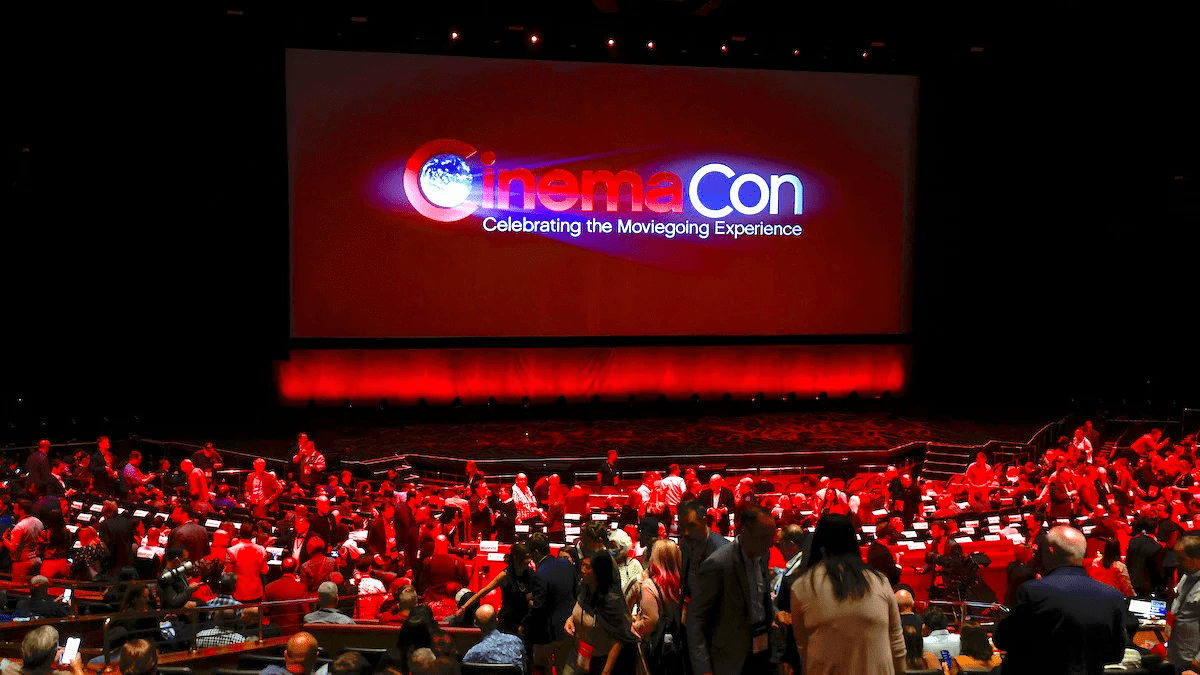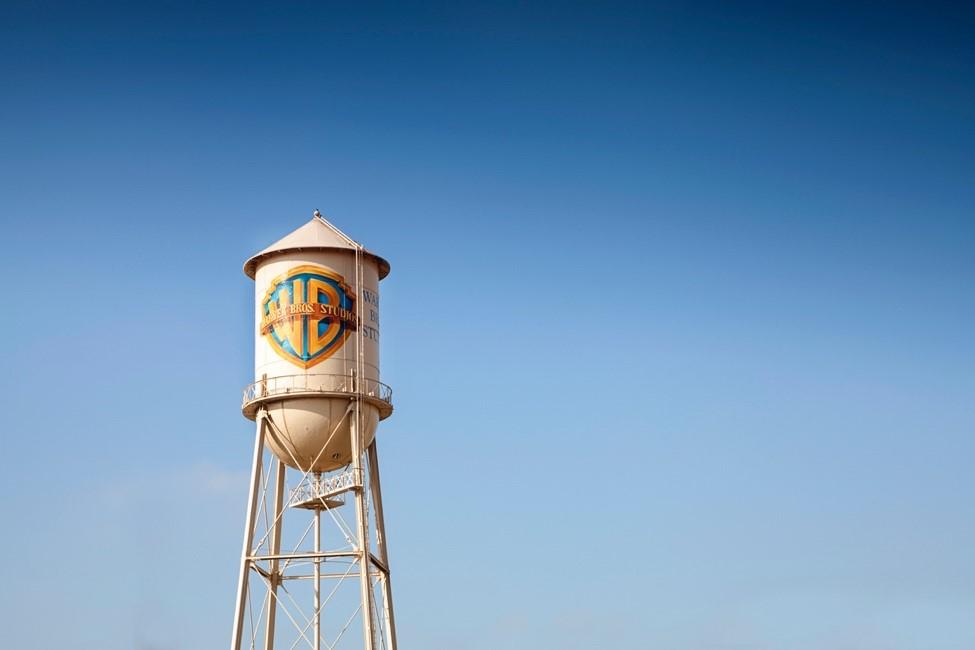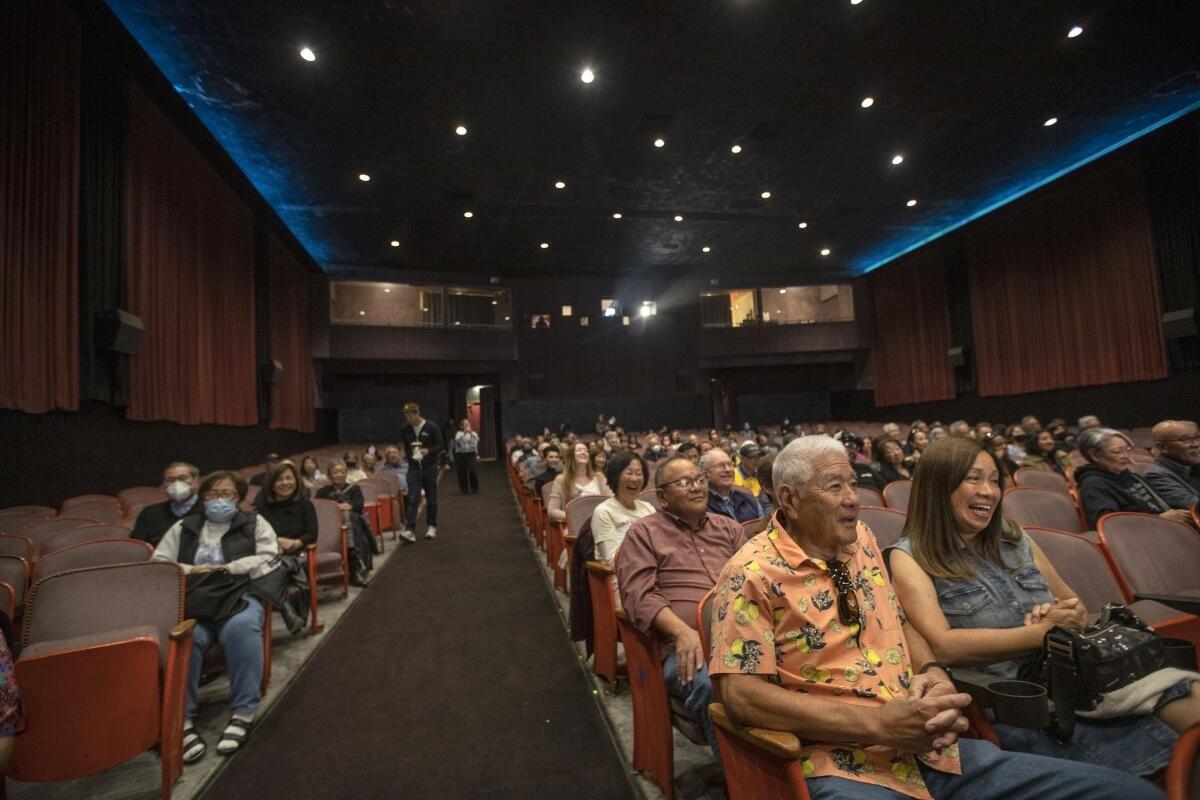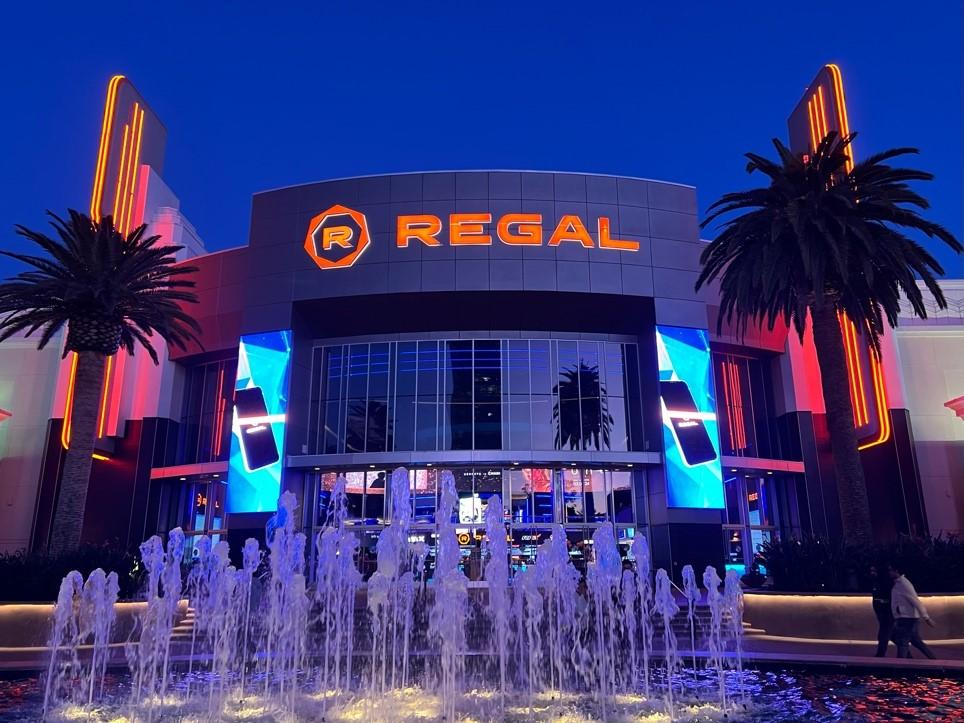Last Tuesday, the 2021 Sundance Film Festival wrapped up after 6 days of online screenings with an Awards Night presentation held before a very limited in-person audience at the festival’s traditional setting in Park City, Utah, broadcast over the Internet to at-home movie fans. This year’s mostly virtual format was forced by the risks of holding large in-person gatherings, lest they become super-spreader events. Festival organizers were able to maintain many of the Sundance traditions. Siân Heder’s Coda was the biggest winner, taking home the jury prize for best director, best ensemble cast, and best dramatic picture as well as scoring a $25M distribution deal with Apple. Netflix also swooped in to acquire Rebecca Hall’s directorial debut Passing for $16M.
The New York Times’ film journalists A.O. Scott, Devika Girish, Kyle Buchanan, and Nicole Sperling comment on the successes and shortcomings of the modified event, where the living room and laptop screenings replaced premieres before packed film house. In the end, more movie lovers were able to see more films, though fewer were watched all the way to the end credits. That’s the magic of at-home viewing.
NYT chief film critic A.O. Scott comments, “I understand the appeal of Coda, but I’m still a bit startled at the scale of its triumph and the $25 million that Apple+ paid, partly because we will never know if it was a good investment. In previous years, the big-money Sundance sales were tested at the box office, where ordinary ticket-buyers validated or (more often) undermined the judgment of eager distributors.”
The Atlantic’s David Sims notes, “The figures for streaming acquisitions are always inflated because the company is essentially buying out a film’s theatrical and home-viewing rights as one big package.”
See also: The Six Best Indie Movies to Watch Out for This Year (The Atlantic)











